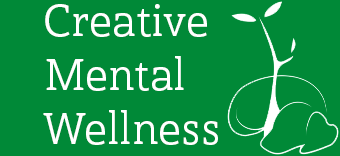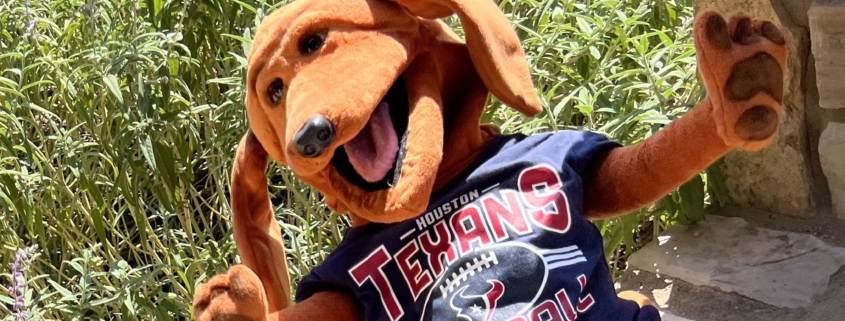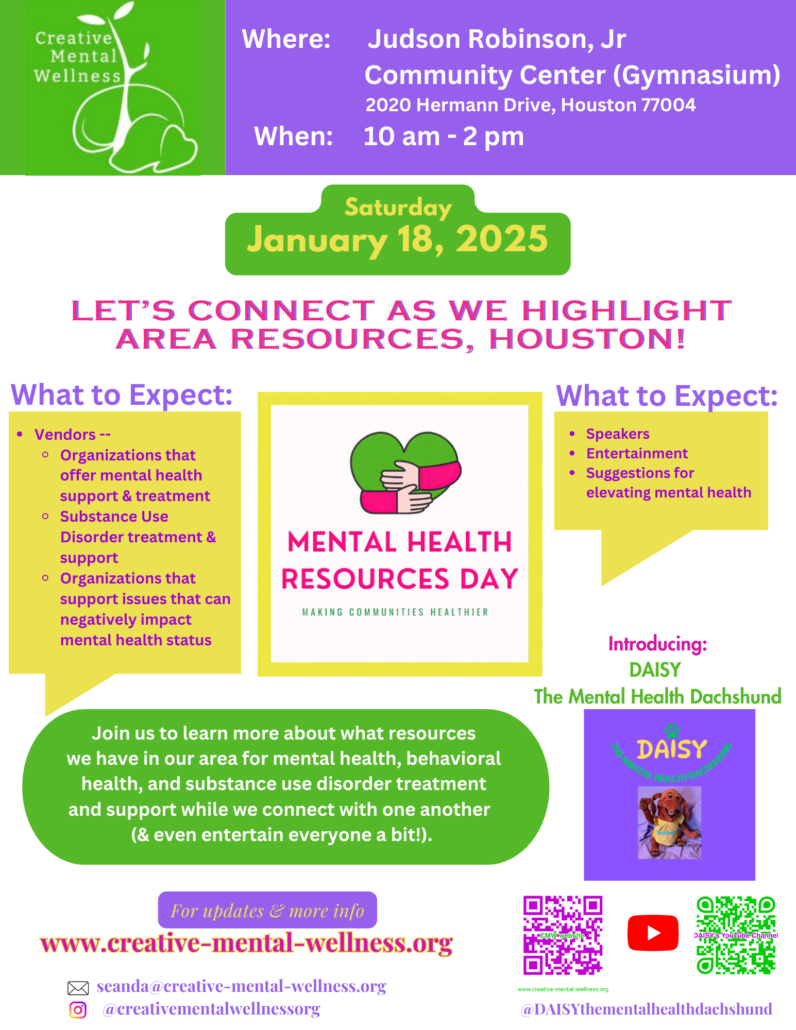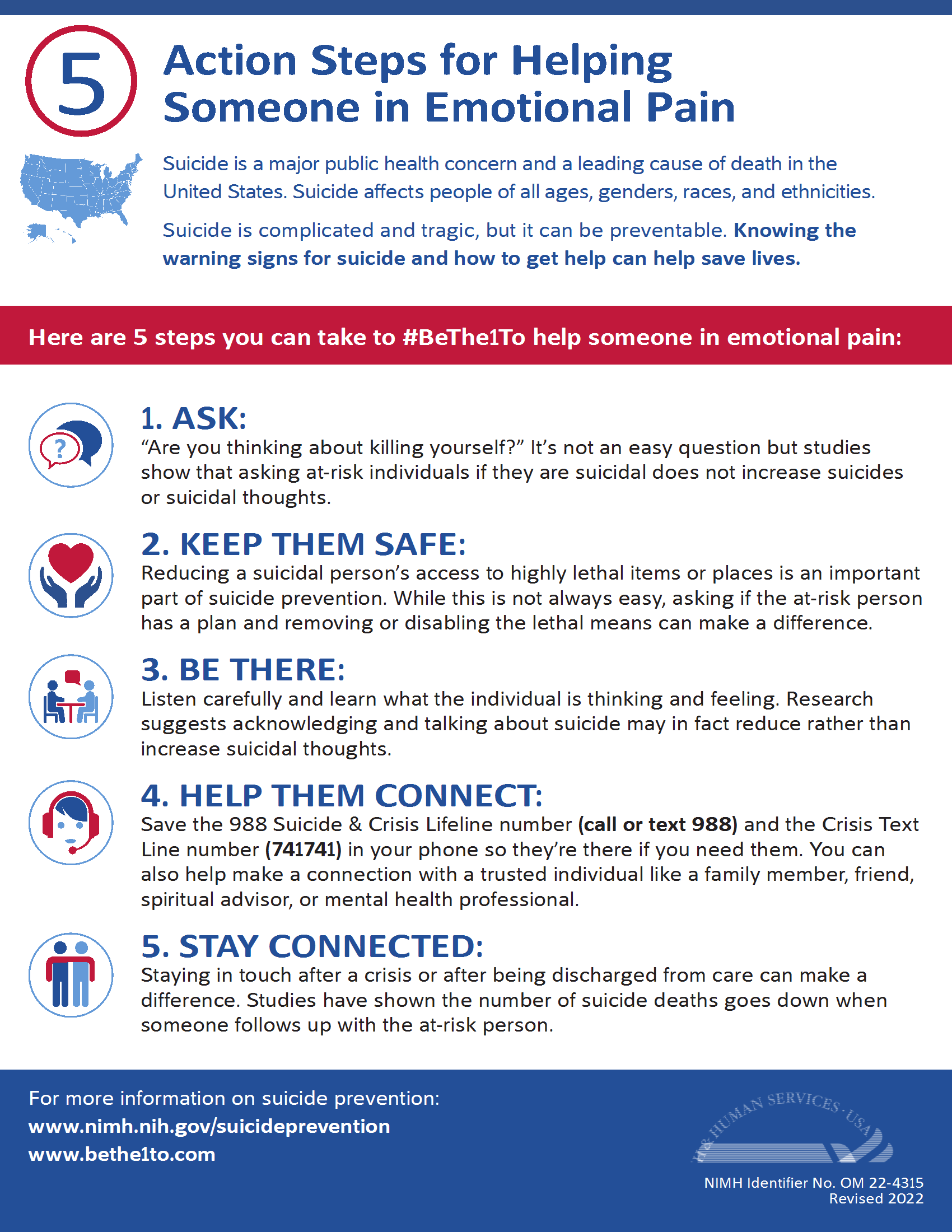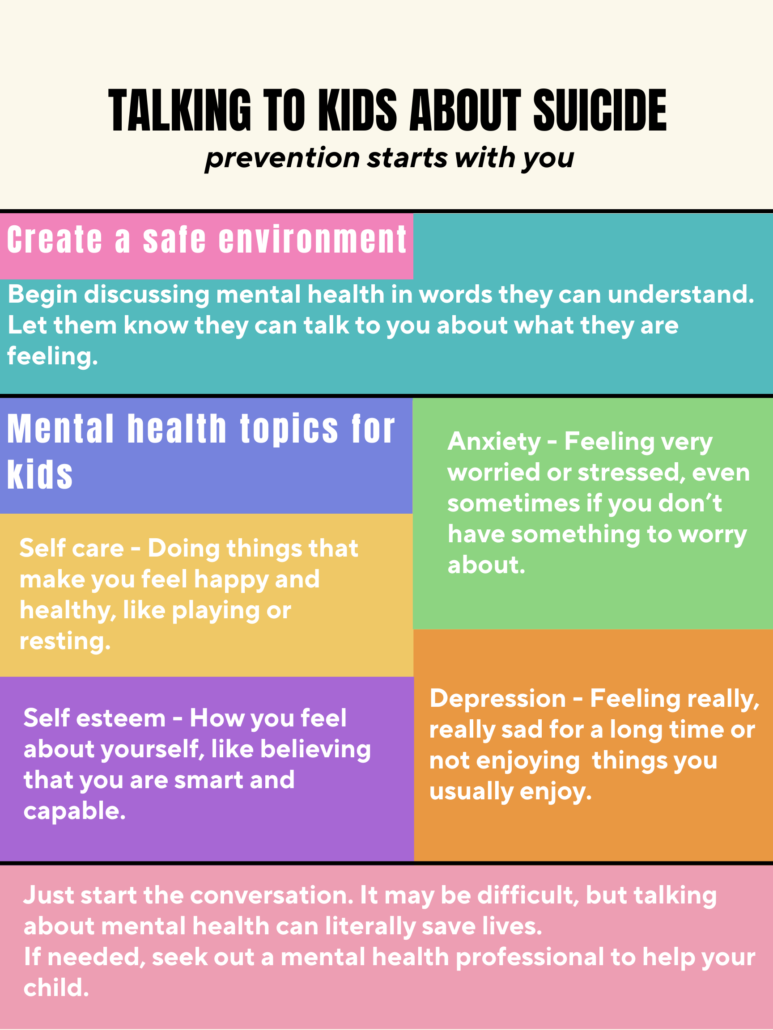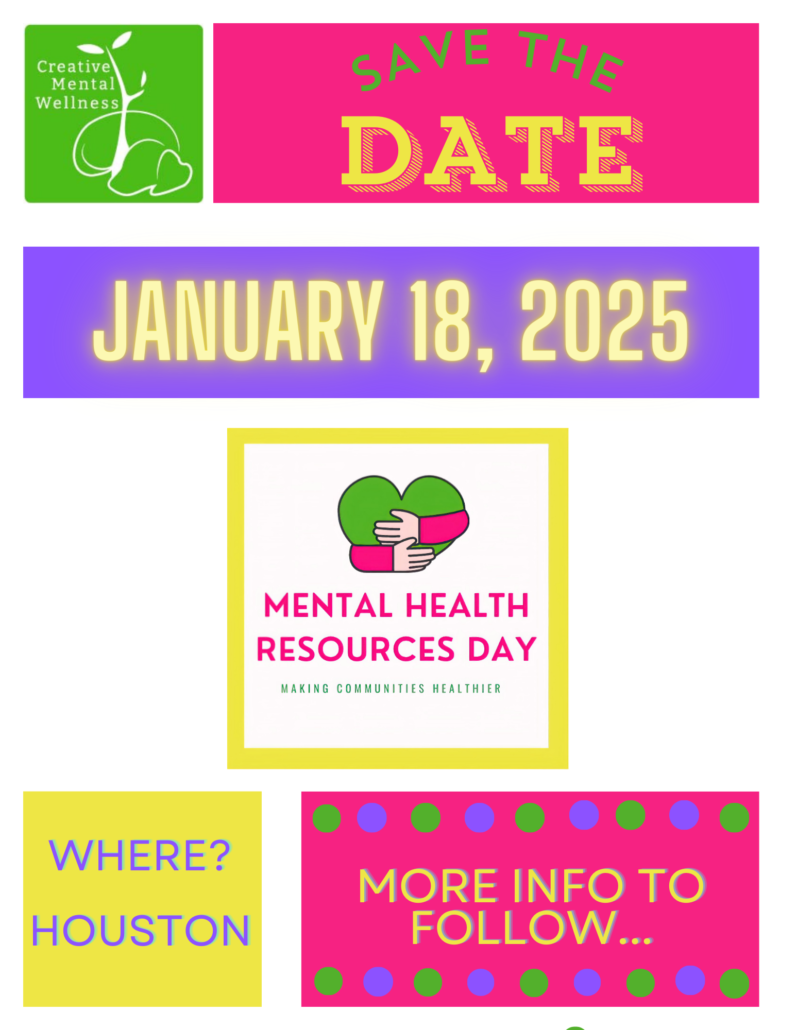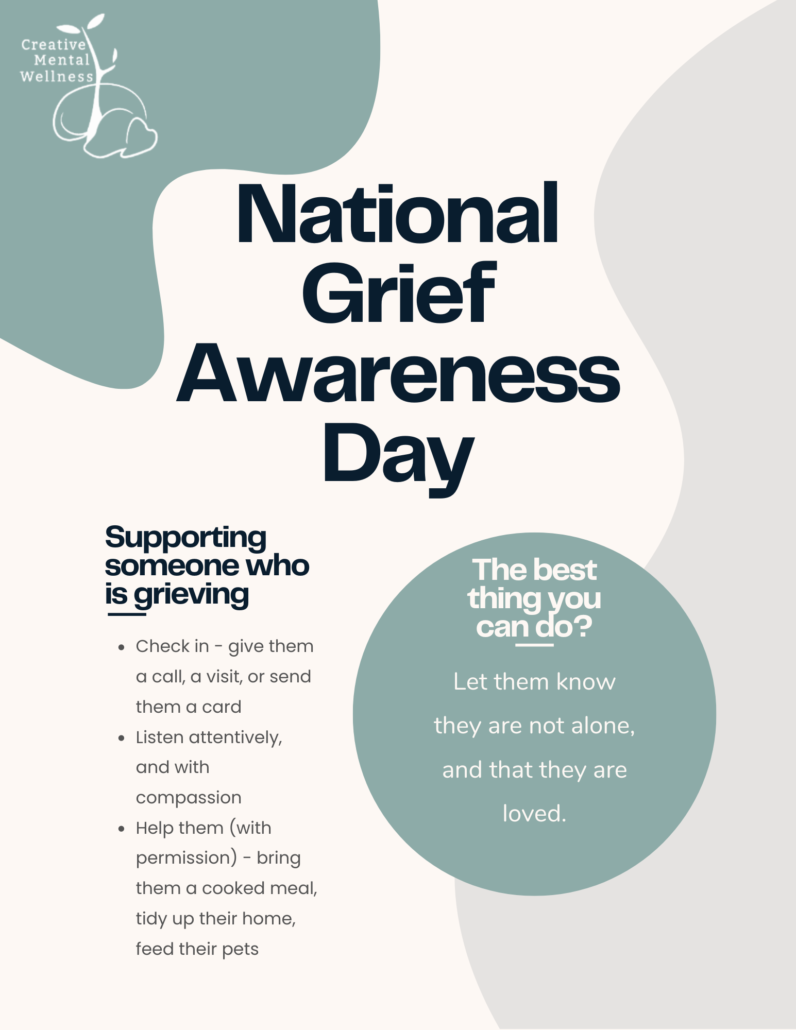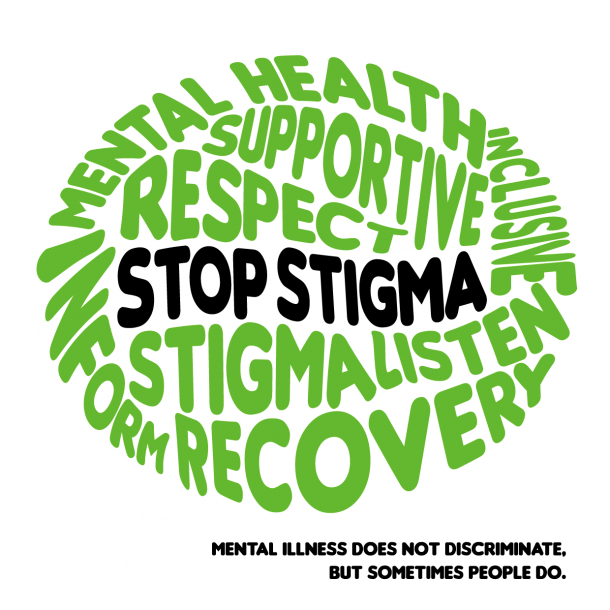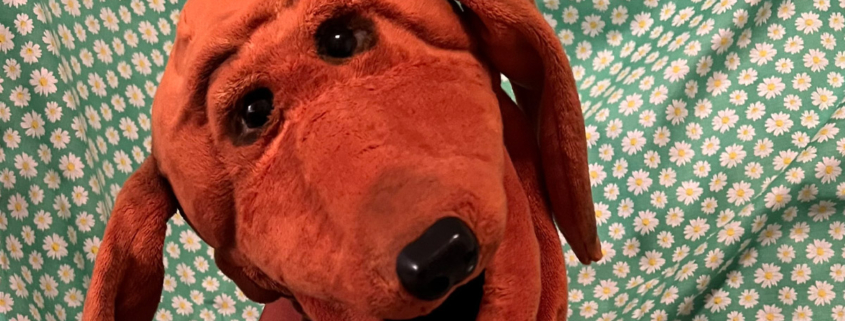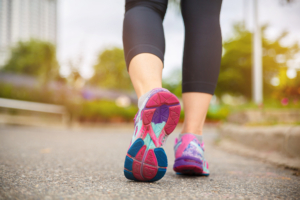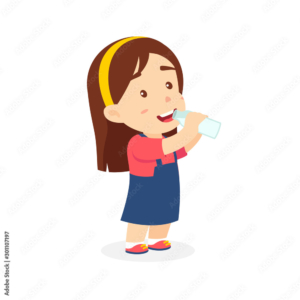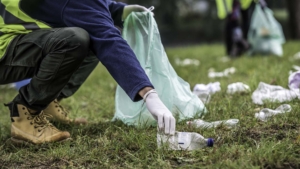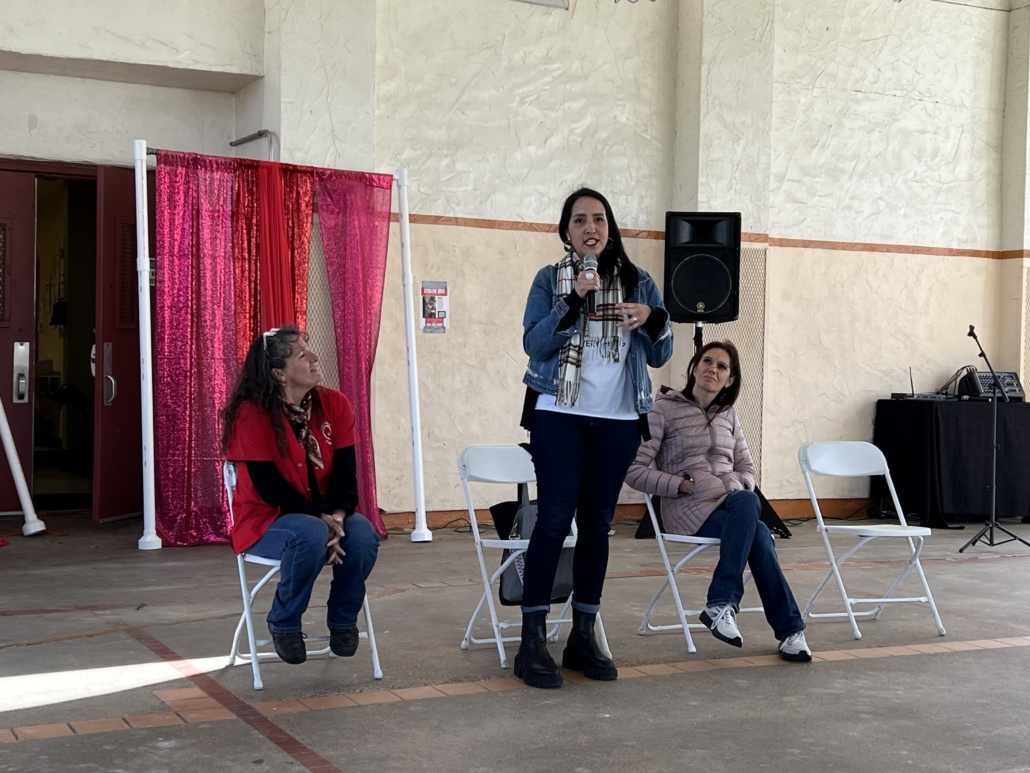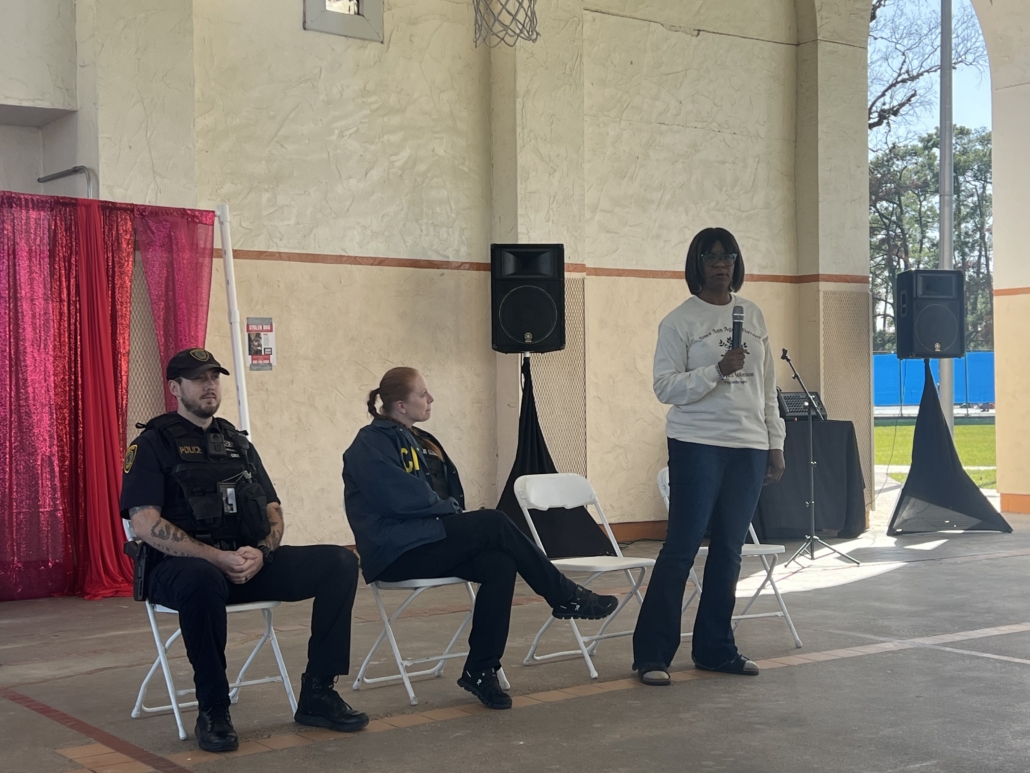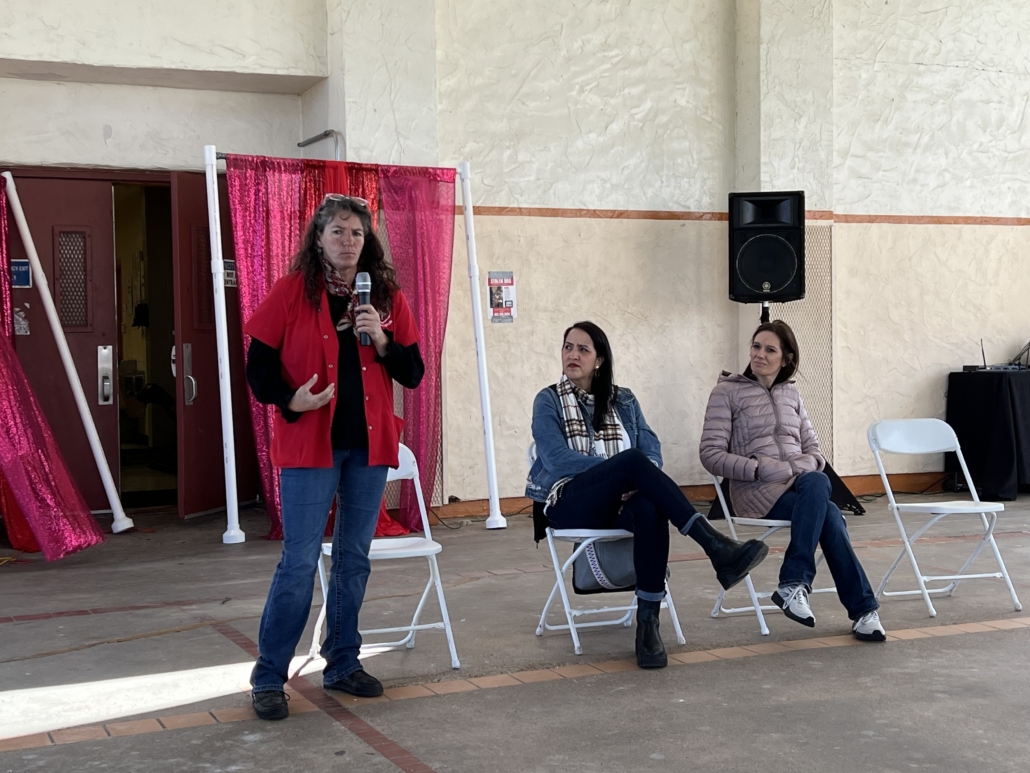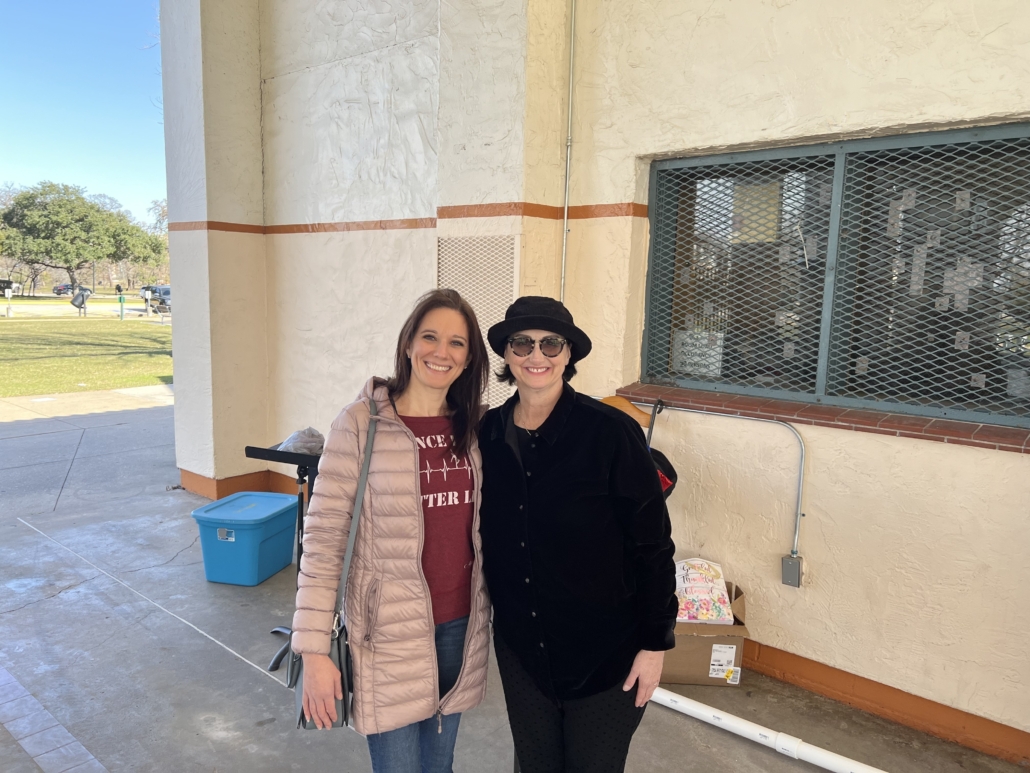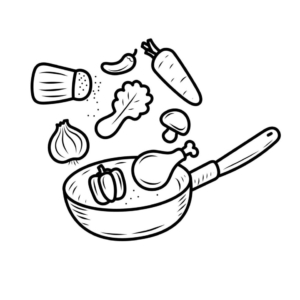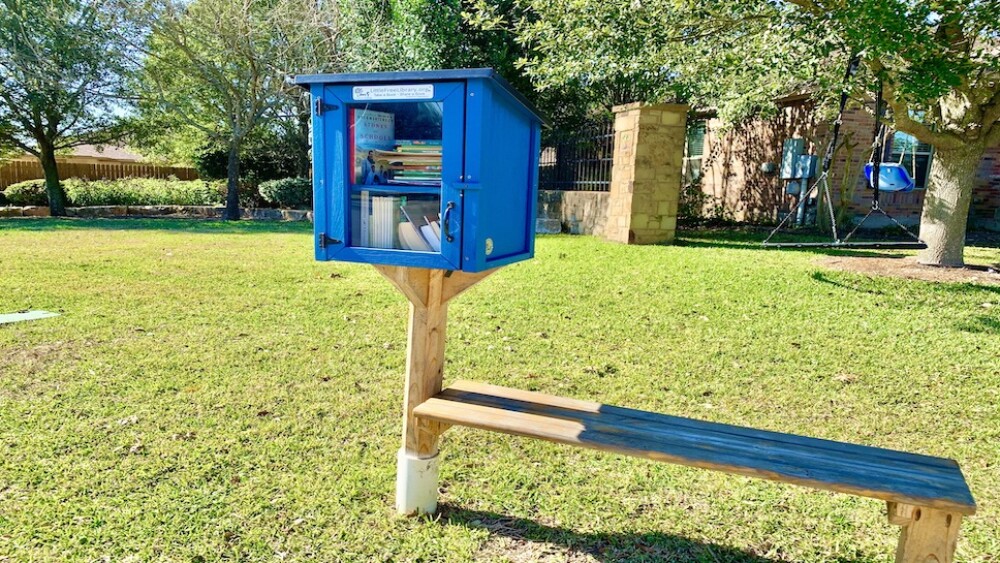December 2024 Newsletter
December 5 is Light Up a Life Day
Reduce Stress This Holiday Season
The holidays are known to be stressful, and can be even harder if you have lost a loved one you used to spend the holidays with. To help reduce stress around the coming holidays, there are a number of techniques you could try, like yoga and meditation, gratitude practices, baking, and spending time in good company. It can be difficult with the pressures to decorate, buy gifts, or host loved ones, but this season is also a good opportunity to appreciate what you have and those you love. If you choose to give gifts, try doing a gratitude practice beforehand – everyone could even write down what they are grateful for, if you don’t want to verbally say what you’re grateful for. Fostering a sense of gratitude can have positive effects on mental wellness and fortitude, thereby reducing stress and improving mood.
Nami also has great resources on managing your mental health during the holidays:
Surviving Painful Holiday Emotions
Avoiding Holiday Stressors
Mindfulness and Meditations for the Holiday Blues
DAISY’s Book Club
DAISY found Bowling Alone: The Collapse and Revival of American Community by Robert D. Putnam an interesting and informative read. It is, as the title suggest, about the lack of community in America, and some of the reasons Americans have shifted away from community, including politics, TV, and a decrease in church-goers. Many people may feel like social media and cell phones are the main cause, but the author says, “voting, giving, trusting, meeting, visiting, and so on had all begun to decline while Bill Gates was still in grade school.”

Updates in the Mental Health Sphere and DAISY’s World
Studies have shown that gratitude can reduce feelings of loneliness! If you are feeling lonely, try adopting a gratitude practice – whether you say, write or just think about what you are grateful for, it can help alleviate some of your loneliness.
Creative Mental Wellness has been accepted into the Kroger Community Rewards program! When you shop with your Kroger account, you can help support our mission!


Thank you for joining us on this mental health journey! Follow us on Instagram, Facebook or LinkedIn to stay up to date.
Your friend,

